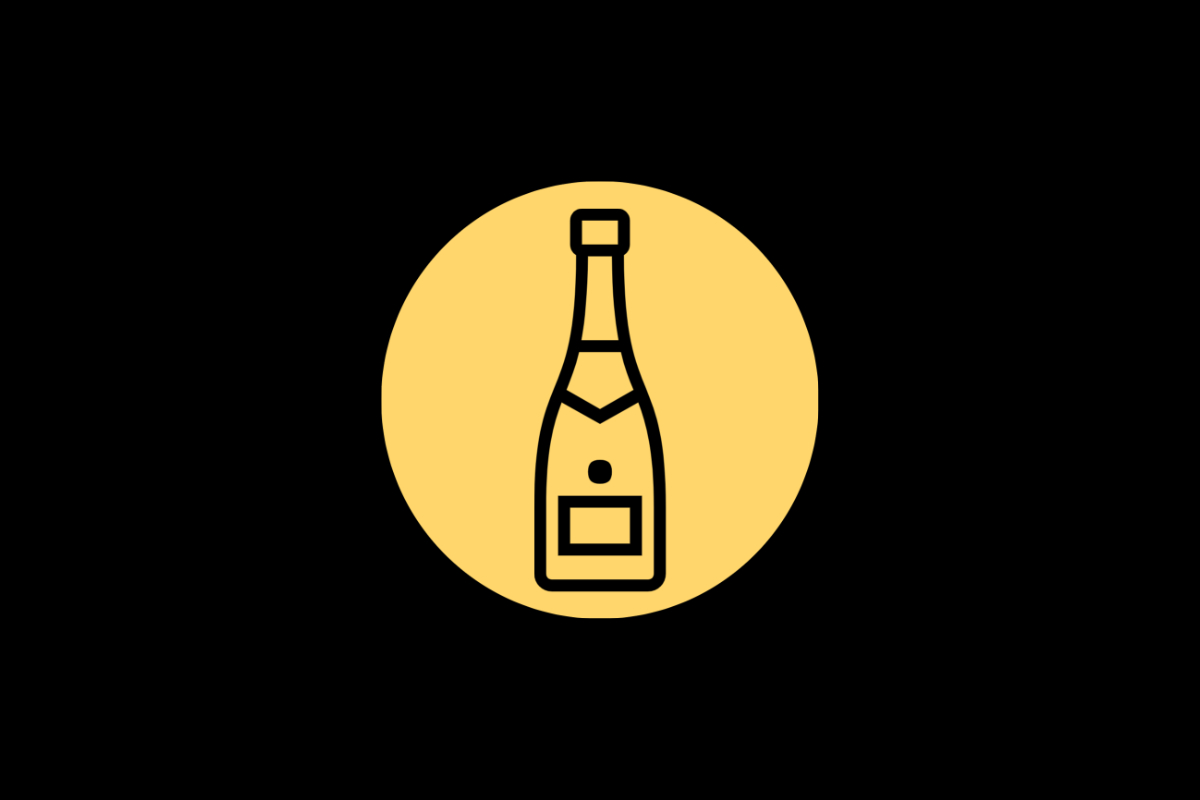How Champagne Yeast Can Take Your Homemade Wine to the Next Level
Are you a wine enthusiast looking to improve the quality of your homemade wine? Look no further than champagne yeast! While traditionally used for champagne production, champagne yeast offers a multitude of benefits for winemakers looking to enhance the flavor, aroma, and overall quality of their wine. In this article, we’ll explore exactly what champagne yeast is, how it works, and how it can elevate your homemade wine to the next level.
What is Champagne Yeast?
Champagne yeast, also known as Saccharomyces bayanus, is a strain of yeast that is known for its ability to ferment wine and champagne to produce high levels of alcohol and carbon dioxide. It is a highly efficient strain, capable of fermenting wine to completion in a relatively short amount of time, compared to other strains.
While traditionally used for champagne, winemakers have started using this yeast to ferment a wide variety of wines, including sparkling, red, and white wines, as well as fruit wines such as apple or pear wine. Champagne yeast brings unique flavors and aromas to the wine due to the specific fermentation process that this yeast undergoes.
How Does Champagne Yeast Work?
During fermentation, champagne yeast converts sugar into alcohol and carbon dioxide. This process is known as alcoholic fermentation. The yeast strain produces unique enzymes that can break down complex sugars, such as malic acid and fructose, which result in the production of additional flavors that enhance the complexity of the wine.
One of the most significant benefits of using champagne yeast is its high tolerance to alcohol, which means it can ferment wine to completion even at high ABV levels. Additionally, champagne yeast does not produce off-flavors or aromas like other strains, even when fermenting fruit juice high in fructose, which can result in harsh and unpleasant smells like rotten eggs.
Benefits of Champagne Yeast for Wine
- Improved Quality: Champagne yeast is known to produce high-quality, clean, and balanced wines. The fermentation process of champagne yeast results in crisp, fruity, and well-structured wines.
-
Increased Alcohol Content: The high tolerance of champagne yeast to alcohol levels means it can ferment wine to higher alcohol levels. This is especially beneficial for winemakers looking to make a full-bodied and robust wine.
-
Faster Fermentation Time: Champagne yeast is known for its speed in fermentation. It can quickly ferment a wide variety of wines to completion in a relatively short amount of time when compared to other strains.
-
Increased Complexity: The ability of champagne yeast to break down complex sugars results in the production of additional flavors and aromas in the wine, making it more complex and interesting.
-
Versatility: Champagne yeast can be used to ferment a wide variety of wines, ranging from sparkling to fruit wines.
How to Use Champagne Yeast in Your Homemade Wine
Using champagne yeast in your home winemaking process is fairly simple. Here are the steps you can take:
- Choose a quality strain of champagne yeast that suits the style of wine you are making. There are various types of champagne yeast available in the market, such as EC-1118, DV10, and Premier Cuvee.
-
Ensure that your equipment and winemaking environment are sterile and clean to avoid contamination.
-
Follow the instructions on the package and add the appropriate amount of yeast to your wine must. The amount of yeast you need will depend on the size of your batch and targeted ABV level.
-
Properly monitor the temperature and provide appropriate aeration during fermentation to ensure optimal yeast growth and activity.
-
Once fermentation is complete, rack off the wine, and allow it to settle for additional aging and maturation.
Conclusion
Champagne yeast is an excellent choice for winemakers looking to improve the quality and complexity of their wines. Its high tolerance for alcohol and unique fermentation process result in a well-structured, clean, and balanced wine. Additionally, it is versatile and can be used for various types of wine styles ranging from sparkling to fruit wines. By following the simple steps outlined above, you can incorporate champagne yeast into your winemaking process and take your homemade wine to the next level.
